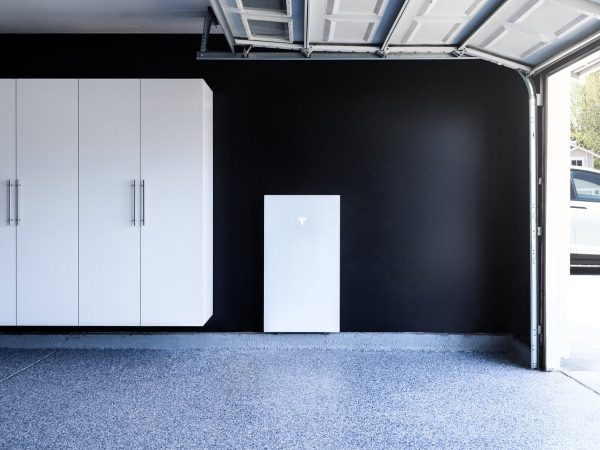Most home batteries in Australia last around 10 to 15 years, depending on their chemistry, usage, and installation. Many brands usually provide a 10-year warranty, guarantee a set percentage of capacity retention after 10 years of use. With the right installation, maintenance, and usage patterns, many households can enjoy reliable solar storage for well over a decade.
If you’re considering investing in solar storage for your home, you’ve probably wondered about the longevity of solar batteries. Understanding how long these batteries last can help in planning and budgeting for future replacements. Let’s dive into the lifespan of solar batteries, the factors that wear them out and how to get the most out of them.

Factors Influencing Battery Life
Depth of Discharge (DoD) and Battery Cycles
Batteries should not be fully discharged to prolong their lifespan. The depth of discharge is the percentage of the battery’s total capacity that you can use. For example, a battery that routinely discharges 90% of its energy will degrade faster than one that only discharges 50%.
Every time a battery charges and discharges, it counts as a cycle. If your battery is constantly fully draining and recharging, it will wear out faster. Shallower and less frequent cycling will help the battery last longer. Most lithium batteries are designed to handle thousands of cycles before significant capacity loss.
Battery Chemistry
The chemistry of the battery directly influences if lifespan. Lithium Iron Phosphate (LFP) batteries are the most common type of home battery in Australia. They generally last longer (approx. 10 to 15 years) and tolerate deeper cycles. Others, such as lead-acid batteries, have a shorter lifespan of 3 to 7 years. This is why LFP has gained popularity in Australia for its longevity and thermal stability
Maintenance
Regular checks and maintenance are key to a long-lasting solar battery. They help spot any small problems before they turn into expensive repairs. While many newer batteries are considered low-maintenance, an annual service ensures everything is running optimally and safely.
Temperature
High temperatures are a known enemy of batteries. In hot Australian summers, especially in states like Western Australia, heat can accelerate chemical degradation. Batteries placed in shaded, ventilated areas like a garage will last longer than those exposed to direct sunlight outside.
Signs Your Battery Needs Replacement
There’s no exact expiration date for a solar battery. However, there are some common signs that it’s time to replace your current one. These include:
- Reduced storage capacity
- Extended charging times
- Odd noises
- Visible swelling or damage
Maximising Your Solar Battery’s Lifespan
Here are some practical tips to get the most out of your solar battery and ensure a long and productive life.
Correct sizing for your household
Slightly oversizing your home battery system can help avoid the deep charging cycles that can damage your battery’s chemistry. For example, if your home uses 8 kWh daily, a 10 kWh battery will last longer than if you were to get an 8 kWh unit.
Learn more: How Many Solar Batteries are Needed to Power a House?
Keeping Batteries Shaded and Ventilated
Placing your solar battery in a shaded area will protect it against the harsh Australian sun. The best place to install a battery and solar energy system is in your garage. You can use a purpose-built solar battery cover if you’d prefer to install it outside. Ensure that your battery is well-protected and properly ventilated to prevent safety hazards and reduce early degradation.
Using Monitoring Apps and Software Updates
Most modern systems include mobile apps and remote monitoring. These allow homeowners to keep tabs on usage, battery health, and charge levels. Regular software updates improve solar battery management and help extend their lifespan.
Routine Maintenance Checks
We recommend doing a quick visual check of your solar battery every now and then. Look for any signs of corrosion and warning lights on your system.
Proper Installation
In Australia, all solar battery installations must follow AS/NZS 5139 standards. This regulates where and how the system can be installed. Choosing a New Energy Tech Approved Installer will ensure that your solar battery is fitted correctly within warranty conditions, and in an environment that protects the system from heat or moisture.
By choosing an accredited installer like Perth Solar Force, homeowners can maximise both their battery lifespan and return on investment. Our team carefully assess your specific energy requirements to determine the correct sizing and installation location for your battery system.
Whether you are installing a new solar battery or replacing an existing one, consulting with professional solar providers can offer expert advice and ensure that your solar power system is designed to meet your energy needs. So if you’re looking at installing a solar battery for your home, get in touch with Perth Solar Force.
